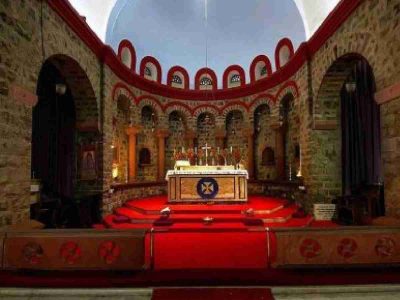Although Bihar does not usually see a large influx of people, getting a train ticket to the state during Chhath Puja almost seems impossible. Immigrants from all over the country flock to their home state for this festival.
Earlier this year, the Delhi government announced the establishment of 1100 pandals and the allocation of a 25 crore fund to commemorate the festival on a grand scale after a two year hiatus. Numerous LEDs and CCTV cameras have been installed in pandals to ensure that people’s safety is not jeopardized at any level. Various ghats have been set up in multiple societies. A number of special trains have been run only for this special occasion.
There are, however, a number of issues that Delhi residents may face this year.
The Yamuna river, which is already clogged with waste and chemicals, has exacerbated the situation and flight fares have risen. The ticket price from Delhi to Patna has increased dramatically from Rs 14000 to Rs 18000.
Dinesh, 32, who is selling fruits and baskets in Noida Sector 12 during the festival and otherwise sells spices, tells Patriot that he is very happy with his business during this time. “The turn around this year has been great to some extent better than what we had for Diwali and the festival season is ending on a happy note for us”, he says.
Sanjeet, 28, who could not obtain train tickets for his family of four, vexes about the ‘arrangements’ made at the Noida stadium. “Considering the large number of Bihari migrants living in Delhi, the arrangements have been below standard, I would say”, he says.
Disappointed, he continues: “My family and I did not go to Yamuna because it is in no condition to celebrate our main festival. The rivers used in Vasundhara have been closed without prior notice. We wanted to go to my hometown of Siwan to celebrate with our families, but tickets are extremely difficult to obtain during the festival season.”
Madhu, 35, a housewife celebrating Chhatt Puja on her rooftop, was overjoyed to witness the excitement for Bihar’s major festival. “I personally felt that Chhatt was being overlooked as a festival but this year it is being celebrated on a grand scale – and that makes me proud to be a Bihari”, she says.
It is interesting to know that the festival is celebrated not only in Bihar, but also in Uttar Pradesh and parts of Nepal. It is devoted to the worship of the Sun God and his consort Usha. There is also the Chhath goddess called Chhathi Maiyaa, who represents the Chhath spirit.
The entire festival is about thanking the divine Sun God for supporting life on Earth and asking for his blessings. It is also said that praying to the sun known as Aragh fulfills the wishes of the devotees: sun being a powerful and important symbol in Hindu mythology, representing longevity, progress, positivity, prosperity, and well-being. The festival is linked to both the Mahabharata and the Ramayana, the two major Hindu epics.
It has been noticed that every year people get a holiday break for Diwali and Chhath. This is because Diwali is celebrated on Amavasya (the 15th day of the Hindu calendar month Kartik) and Chhath begins on the 21st day of the Hindu calendar month “Kartik” (6th day of Shukla paksha of Kartik).
The Chhath Puja festival lasts four days. The first day is known as the Nahay Khay. Devotees take a dip in the Ganga or other nearby rivers and bring back the holy water to prepare prasad (offering). The second day is called Lohanda of Kharna when the devotees fast. On this day, prasad such as kheer, bananas, and roti is made on an open fire rather than a stove with a gas cylinder. The prasad is taken as the last meal before observing a 36-hour-long fast.
The main festival day is the third day. People make thekuas out of jaggery. They stand in water at sunset and offer thekuas and seasonal fruits to the Sun God. This is known as offering ‘Arghya’ to the Sun God. The same ritual is followed in the morning. Prasad is taken in order to break the fast.
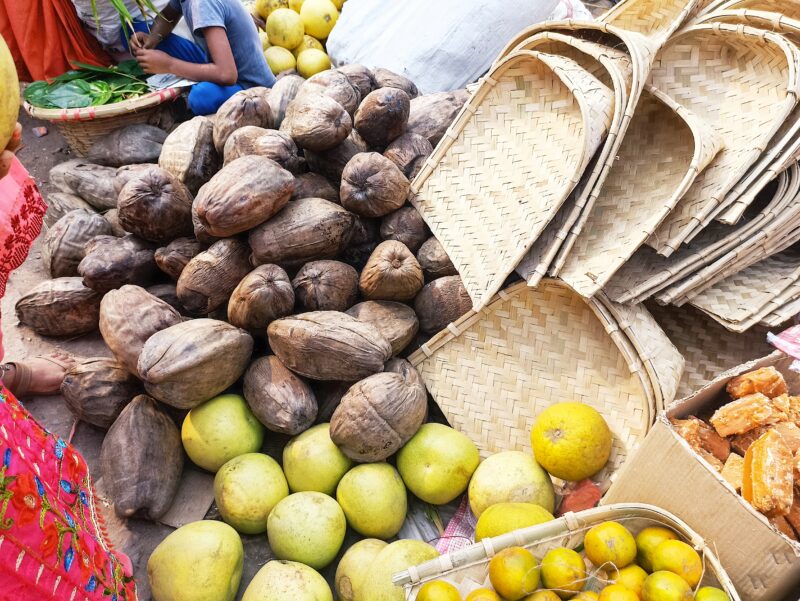
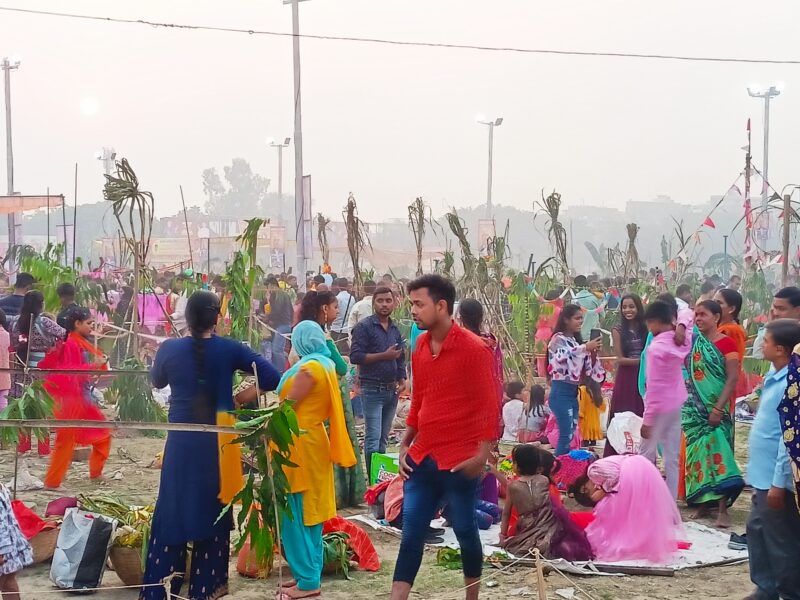
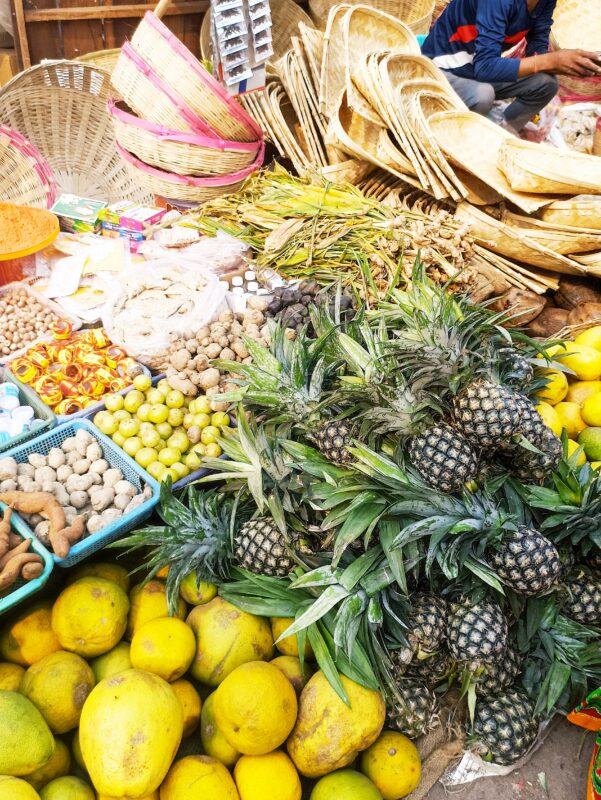
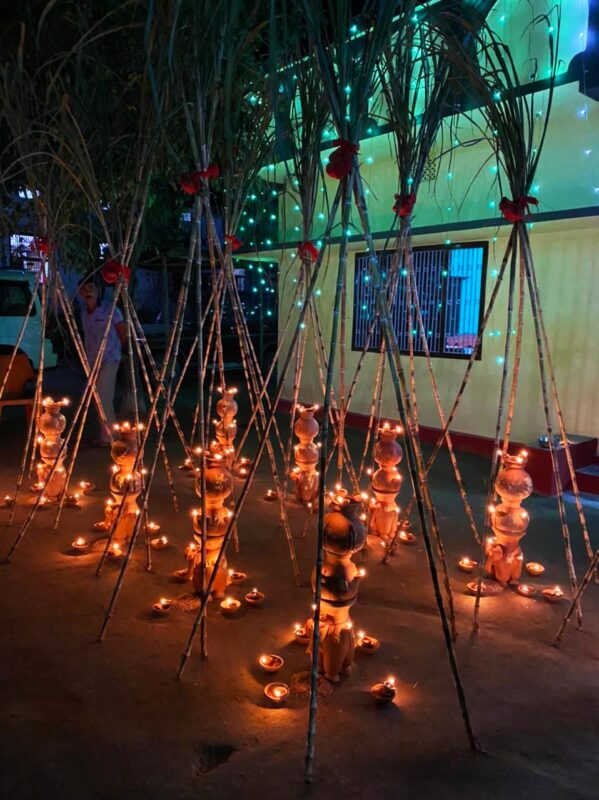
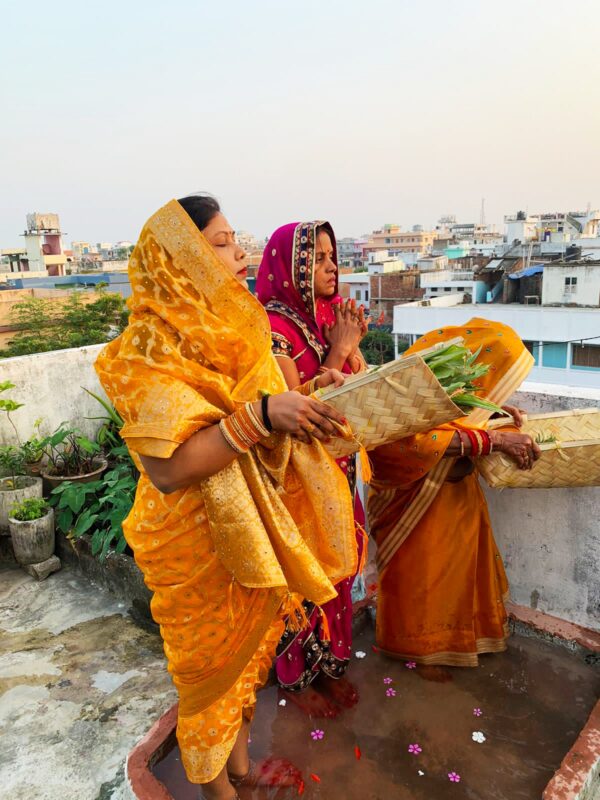
Follow us on:
Instagram: instagram.com/thepatriot_in/
Twitter: twitter.com/Patriot_Delhi
Facebook: facebook.com/Thepatriotnewsindia



